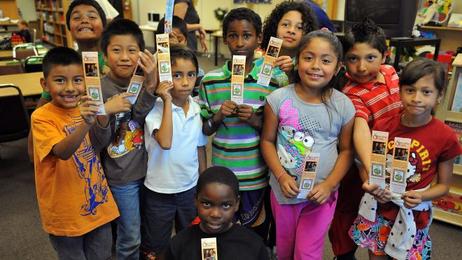We worry that our children cannot keep up globally in important subjects like math and science, but what about money management? While financial training has not traditionally been a part of the "3 R's" of education, in a world of tough economic times, it has become an essential component of a sound education.
Subsequently, some public schools are implementing financial subjects as a part of their core curriculum, while non-profit organizations are working hard to provide resources to schools to help them in their efforts. Financial literacy is slowly but surely becoming an academic catchphrase for the 21st century.
Why is financial literacy important?
Opp Loans answers that question as follows: "Financial literacy is important because it equips us with the knowledge and skills we need to manage money effectively. Without it, our financial decisions and the actions we take—or don’t take—lack a solid foundation for success. And this can have dire consequences:
- Nearly half of Americans don’t expect to have enough money to retire comfortably.
- Credit card debt has reached its highest point ever.
- Forty percent of Americans can’t afford a $400 emergency expense.
- Given the above statistics, it might not be surprising that nearly two-thirds of Americans can’t pass a basic test of financial literacy.
To explore the importance of financial literacy, we turned to personal finance experts working in colleges, high schools, and credit unions. Together, the populations they serve span a broad range of ages, incomes, and backgrounds. These educators witness first-hand the impact that






















